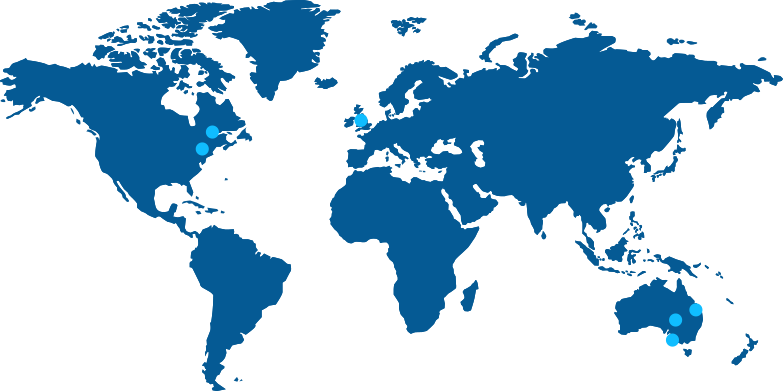
We are pleased to be sharing the second article in our ‘A Pennant Perspective’ covering the impact of Brexit, an overshadowed impact on the aviation industry, hidden by COVID-19 reports.
A Short History Lesson
In 1944, the first recognised regulations for international air transport were shared through the Chicago Convention and the creation of the International Civil Aviation Organisation (ICAO).
These regulations, alongside the bilateral air services agreements, provided the rules for international safety standards and the guidelines for which airlines could fly between global territories.
The EU created the European Common Aviation Area (ECAA) to improve and create access for EU members and neighbouring countries, by having a set of laws which surpasses the Chicago Convention.
Over the era that followed, the UK were an active advocate for the evolution of the EU laws and promoted and encouraged the implementation and support of these regulations, which allowed freedom to fly home from any EU member states and the ability to carry-out onward or beyond flights for EU licensed airlines (airlines that satisfy safety and commercial requirements), without the need for these routes to be negotiated with country governments.
Additionally, the international agreements signed by the EU permit flights between several other countries and the US.

EASA & CAA
The European Air Safety Agency (EASA) is an enforcement authority which is responsible for carrying out inspections on behalf of other global authorities. EASA has historically been responsible for authorising certificates and licenses for the extensive career pathways in aviation and these have been recognised by many, as they are deemed compliant with ICAO.
However, since Brexit the UK Civil Aviation Authority (CAA) has ceased to be part of the EASA system. The UK Civil Aviation Authority (CAA) has assumed responsibility for these inspections, regulations, certifications and approvals (which covers the likes of licensing of pilots, aeronautical products, crew and engineers) for the UK.
Issues have arisen for many pilots and engineers with existing UKCAA or EASA issued licenses who were employed within the EU following Brexit. A number of measures were put in place by both EASA and the UK CAA to allow individuals to continue working in the immediate period following the exit date.
Maintenance Licence holders who transferred their licence to another EU member state previously can now hold both UK and EU licences. The UK CAA issued an exemption to allow for a limited time for affected engineers to apply for a UK licence
For pilots as of 1 April 2021, a new licence application process will be available to ‘pilots, instructors and examiners’ who previously held a UK issued Part-FCL/BFCL/SFCL Licence. A similar process will also apply to EASA licence holders whose licence date of initial issue is prior to 31 December 2020. This process will remain in place until December 2022.
Jacqui Chapman, Head of Sales and Technical Services said “The withdrawal from the EU was always going to have areas of difficulty with regard to licencing, which have been exacerbated by the COVID-19 pandemic. We await further information being released to help identify how this situation will continue to impact this sector and understand how it will be resolved. And we look forward to supporting the sector in the post-Brexit era. ”


